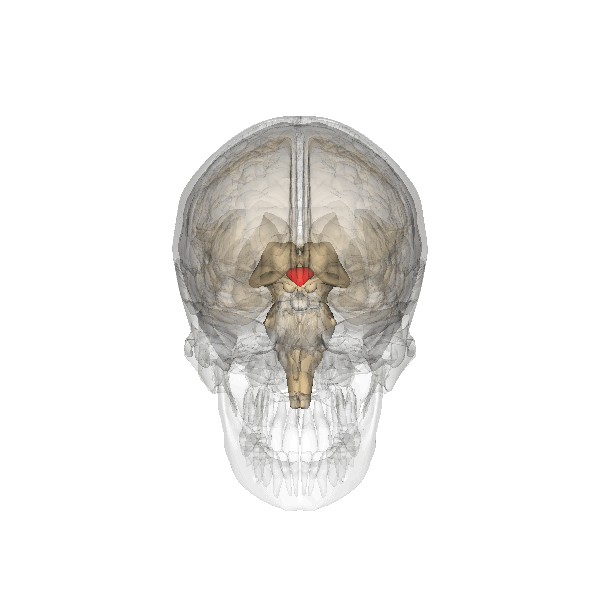
Neuropeptides are made from precursor proteins. Opioids are derived from three such proteins in mammals; proenkephalin, prodynorphin, proopiomelanocortin. From these three precursors, over 20 candidate opioid ligands are derived (Brownstein, 1993). Three main groups of endogenous opioids are endorphins, enkephalins, and dynorphins. Grilly (2006) notes that the term endorphin can be used in two different contexts; either to refer to endorphins specifically, or to encompass reference to both endorphins and enkephalins in the body. It should also be mentioned that the term 'endorphin' is derived from the terms endogenous and morphine (endogenous morphine like substance).
Endogenous opioids can be found in relatively large concentrations in the limbic system as well as in the hypothalamus, and in research have been linked to a great number of biological functions and behaviours, including; analgesic effects, tolerance and dependence, learning and memory, eating and drinking, sexual activity, respiration, cardiovascular responses, seizures, neurological disorders, general activity, and more. The table below represents some research and findings investigating the role of endomorphins in particular.

(Source)
To highlight a few points of interest, note that endomorphins have been linked to alleviating depression and anxiety, to stimulate appetite, as well as to impair short and long term memory in some experiments.
One area of research in particular that receives a lot of attention in opioid research has to do with the analgesic effects of opioids. Opioids produce an analgesic effect in both the ascending and descending pain pathways. Opioids produce analgesia through descending pathways in the periaqueductal gray region as well as the nucleus locus coeruleus. Here, opioids produce an overall effect of disinhibition, by inhibiting GABA-ergic inputs (thus reducing the inhibiting effects of GABA), allowing for noradrenic neurons to produce an analgesic effect in descending pathways.
Opioids also produce an analgesic effect on ascending pathways through inhibition. Stimulation of nociceptors in the body triggers impulses in ascending pathways that give rise to our experience of pain. Opioids which act on opioid receptors in the dorsal horns of the spinal cord, produce an inhibitory effect on these pathways, once again resulting in a form of analgesia.
The two ways in which opioids mediate pain pathways listed above, are both examples of opioids functioning within the central nervous system. There is also an expanding body of literature that is highlighting the role of opioids in the peripheral nervous system as well for producing analgesic effects. The tissues where an injury occurs often become inflamed as part of the body's immune response. Part of this immune response includes the body sending leucocytes to the area. These leucocytes are capable of releasing opioids in peripheral tissues. In turn these opioids can bind to receptors, and produce an inhibitory effect on afferent nociceptor neurons. If these opioids can produce an antinociceptory effect which keeps the neuron below the threshold of firing, then an analgesic effect can also be obtained.

(Source)
This is an introductory overview of endogenous opioids, as well as some of the main functions and particular areas of interest/research. Much research is still being conducted to further highlight the role these neuropeptides play in influencing both biological functions and behaviour. For now, however, this first entry will leave off with a couple videos. The first highlights some of the history of the research on endogenous opioids.
The second video summarizes some of the effects of opioids in exercise, as well as tries to sell a book. The former is of more importance. Opioids at work can also be thought of in exercise as the producers of the analgesic effect that occurs when people overcome pain or discomfort during long periods of running.
And that's your introduction to opioids. Start with those naturally occurring in the body, and move on to the rest. Hope it was enlightening!

Very Helpful! Thank you!
ReplyDelete